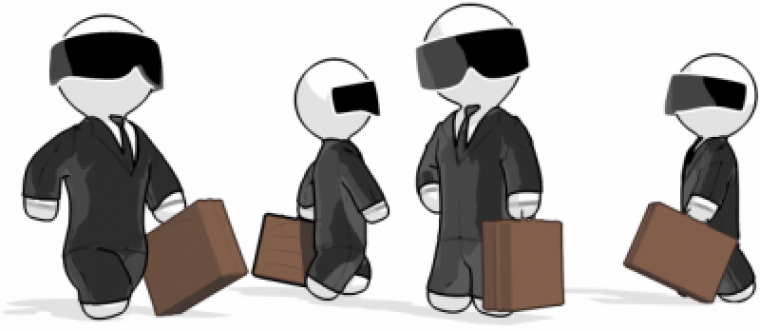Case studies - Legalzoom
LEGALZOOM
Revolutionising legal processes with new technologies

BACKGROUND
LegalZoom is a pioneering online legal company comprised of legal attorneys, providing an array of online legal documents like wills and living trusts. Legal services offered include: LLC resources, incorporation, trademark, and registered agent services.
LegalZoom's goal is to take the complexity and cost out of many legal proceedings for their clients by enabling them to produce contracts, statements, and other legal materials online via automated processes.

From conveyancing to legal depositions, we're helping LegalZoom pioneer online law
CHALLENGES
One legal procedure that they wanted to streamline for their clients was the acquisition of depositions from parties or witnesses involved in criminal or civil cases. Conventionally, evidence of this nature is acquired via face-to-face meetings, usually at the premises of the law firm concerned between attorneys and witnesses or parties involved.
LegalZoom felt that there had to be a better way, whereby witnesses and other parties could interface with attorneys online, providing key evidence required from their own homes, prior to a trial.
This was a brand-new concept that would require high levels of technical skill to implement, not least to satisfy the legal requirements of evidence gathering with a secure method that protects against tampering.

All of Dotfive's efforts and expertise culminated in the development and success of this ground-breaking concept.
RESULTS
Group calls would be conducted securely via browser software that would enable video and audio interfacing between attorneys, witnesses, and other key parties, while the whole stream was recorded via a central server. Recording the meetings to the server in real-time mitigates issues with recording and sending of files post-interview, and limits evidence tampering.
Dotfive developers created a module using the Chromium WebRTC library, and developed a browser client and a signalling server using an ICE framework to regulate data flow and coordinate communication between the browsers and servers.
The complex data-exchanging processes developed are a stark contrast to the user experience, which was simple, intuitive, and stable.
Proving this concept opened up new opportunities for the ways in which attorneys could interface with participants in cases to obtain evidence and information, revolutionising these processes in a cost-effective and user-intuitive manner.



